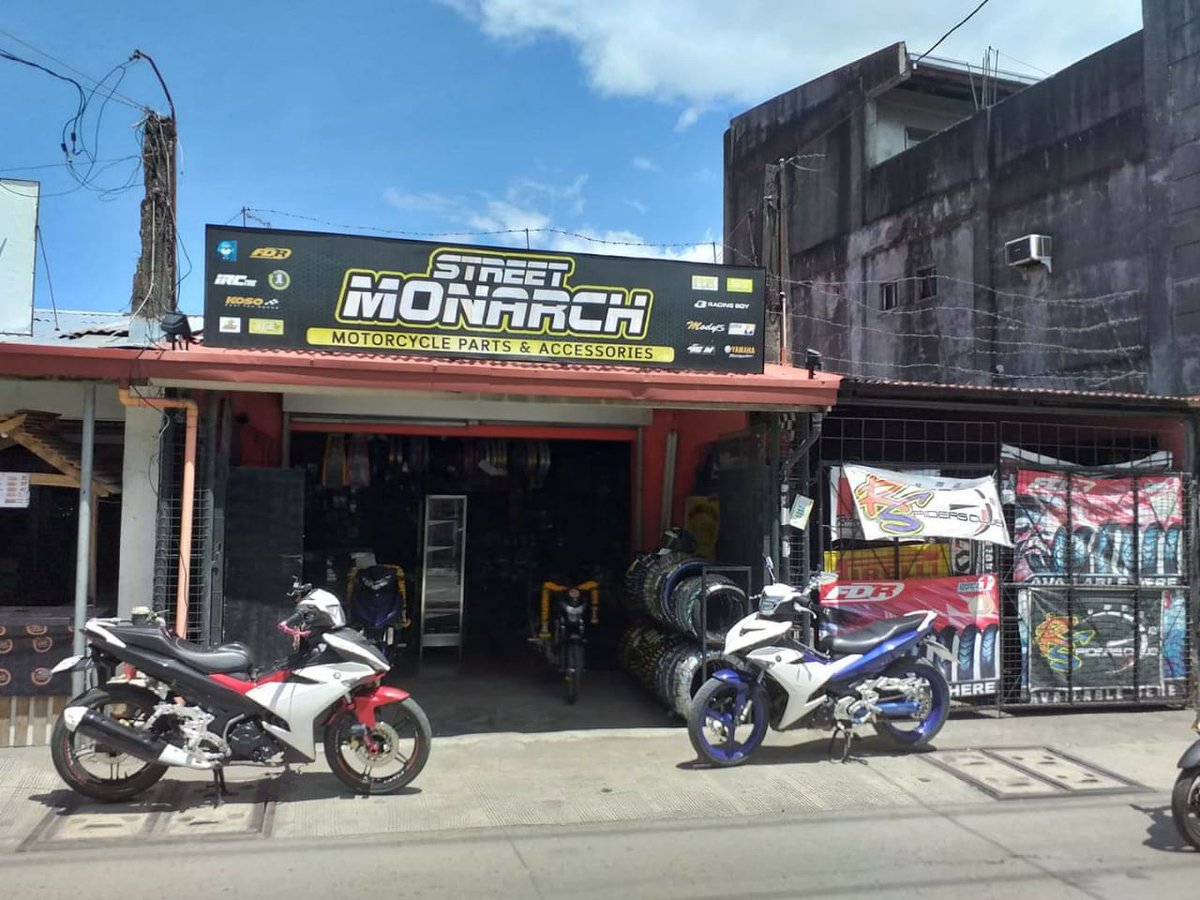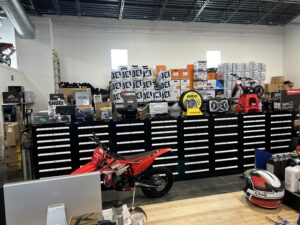Check Out the current Motocross Gear NZ for Every Degree of Rider
Check Out the current Motocross Gear NZ for Every Degree of Rider
Blog Article
Understanding Motorcycle Gears: How to Enhance Your Riding Experience
In the realm of motorcycling, mastering the art of gear control is vital for boosting your riding performance. Effectively understanding and using bike gears can dramatically impact velocity, gas, and control performance, transforming an average adventure right into a seamless, exciting journey.
Comprehending Gear Mechanics
Just how do the details of gear auto mechanics influence motorcycle efficiency? At the core of bike dynamics, equipment technicians play a crucial function in converting engine power into motion, inevitably determining speed and control. Gears, carefully crafted elements, allow motorcyclists to maximize torque and speed, guaranteeing a smooth shift through various terrains and rates. The gear proportions, thoroughly made, establish the connection in between engine revolutions and wheel turns, affecting acceleration and gas efficiency.
Comprehending gear mechanics starts with identifying the relevance of the transmission, which houses numerous gears of varying sizes. These equipments interact through a process recognized as meshing, where teeth of different equipments involve to send power.
Additionally, the concept of equipment shifting is indispensable to maximizing efficiency. Timely and smooth shifts make sure that the engine runs within its optimal power band, preventing unnecessary stress and improving durability (motorcycle parts nz). By understanding these mechanical ins and outs, riders can accomplish an unified blend of control, power, and effectiveness, boosting their riding experience
Timing Your Changes
Shift timing mastery is crucial for maximizing motorbike efficiency and enhancing the riding experience. Appropriately timed shifts make certain that the engine runs within its optimal power band, which is critical for keeping control, accomplishing smooth acceleration, and guaranteeing the longevity of the bike. Bikers should create an user-friendly sense of when to shift equipments, which includes understanding the partnership between engine revolutions per minute (RPM) and rate.
To grasp shift timing, pay attention to the engine's audio and feel, as these supply vital clues about when to alter gears. The ideal shift factor normally takes place when the engine comes close to the upper variety of its power band without reaching the redline. Shifting too early can cause a lack of power, while changing too late may create unneeded engine stress
Additionally, roadway conditions and riding design impact change timing. In contrast, during highway riding, less shifts at higher rates can be more appropriate.
Enhancing Fuel Performance
While understanding bike equipments is essential for efficiency, enhancing gas effectiveness is just as crucial for both economic and environmental reasons. Optimum gas usage not only decreases operational expenses yet additionally decreases the eco-friendly impact of riding. To attain this, one should understand the complex relationship in between equipment selection and engine performance.
First of all, picking the right equipment at ideal speeds can substantially influence fuel usage. Riding in a greater equipment at reduced speeds can result in engine hauling, which is detrimental to both gas economy and engine wellness. Conversely, riding in reduced equipments at high rates results in unnecessary gas usage. Thus, preserving an optimal equilibrium by moving gears abreast with roadway conditions and expected maneuvers is important.
Furthermore, regular upkeep plays a critical function in gas efficiency. Ensuring that the motorcycle is well-tuned, with clean air filters and properly pumped website here up tires, can decrease and enhance aerodynamics gas wastefulness. In addition, embracing a riding design that accepts steady velocity and smooth slowdown can contribute to much better gas economy.

Techniques for Smooth Transitions
Attaining smooth equipment changes is essential to enhancing the riding experience and making certain the durability of a bike's transmission system. Appropriate gear changing not just contributes to a seamless ride but likewise reduces damage on the mechanical parts. To understand the art of smooth transitions, motorcyclists need to concentrate on a few crucial strategies.

Second of all, clutch control plays a crucial function. Involving and disengaging the clutch efficiently needs method. The clutch bar need to be released slowly, permitting for a smooth transfer of power from the engine to the wheels without triggering a jolt or abrupt activity.

Adapting to Road Conditions
Navigating varied roadway conditions is an essential skill for any type of motorcyclist aiming to maintain control and safety. Whether you're riding on damp surface areas, crushed rock roads, or navigating sharp turns, your ability to adapt your gear usage and riding technique is vital. Recognizing how to adjust your gears properly can significantly impact traction and stability, guaranteeing a more secure trip.
In comparison, when riding on crushed rock or uneven terrain, reduced equipments are better. Lower equipments offer far better control and permit you to react even more swiftly to unforeseen modifications in the road surface.
Sharp contours demand accurate equipment administration to stabilize rate and control. Downshifting before getting in a contour can help maintain momentum while making certain the motorbike continues to be secure throughout the turn. Regular practice in diverse conditions boosts your ability to anticipate and react to changes in road structure and incline.
Conclusion
Grasping bike equipments substantially improves the riding experience by enhancing fuel, control, and velocity performance. A thorough understanding of equipment auto mechanics and exact change timing guarantees the engine runs within its optimal power check my site band, while smooth transitions through efficient clutch and throttle sychronisation rise comfort and performance. Adapting gear option to different roadway conditions, such as utilizing higher equipments on wet surfaces and reduced gears on crushed rock, further boosts handling and safety. Inevitably, these skills elevate the overall trip.
Comprehending equipment technicians starts with acknowledging the importance of the transmission, which houses numerous equipments of varying dimensions. These equipments connect with a process known as meshing, where teeth of different equipments involve to transfer power (motocross parts nz). Mild modifications to the throttle during gear changes can protect against jerky motions and preserve a regular riding rate
Whether you're riding on damp surfaces, crushed rock roads, or navigating sharp turns, your ability to adjust your gear use and riding method is extremely important. Adjusting gear selection to different roadway problems, such as this hyperlink using higher gears on wet surface areas and lower gears on gravel, additional enhances handling and safety.
Report this page